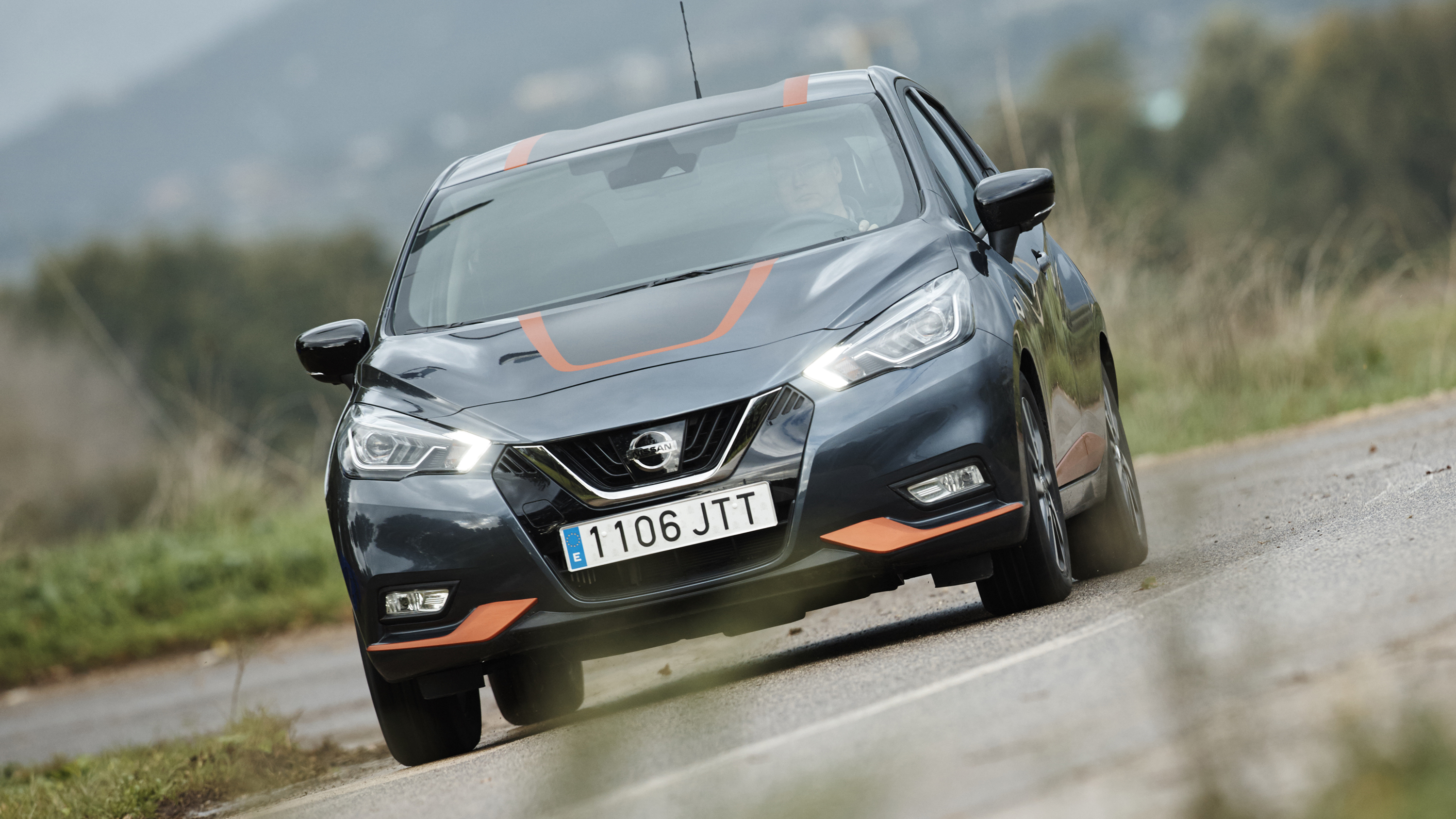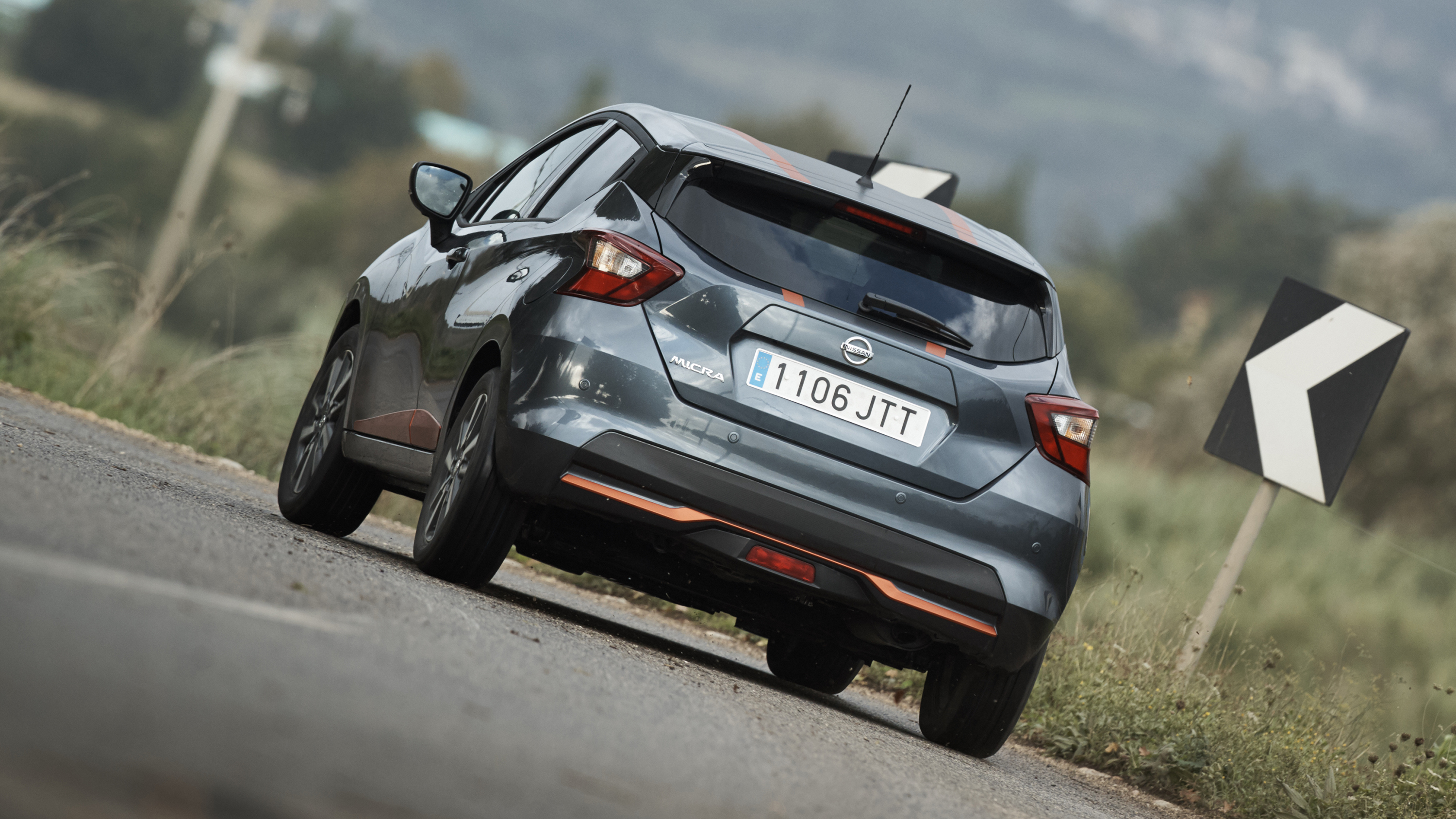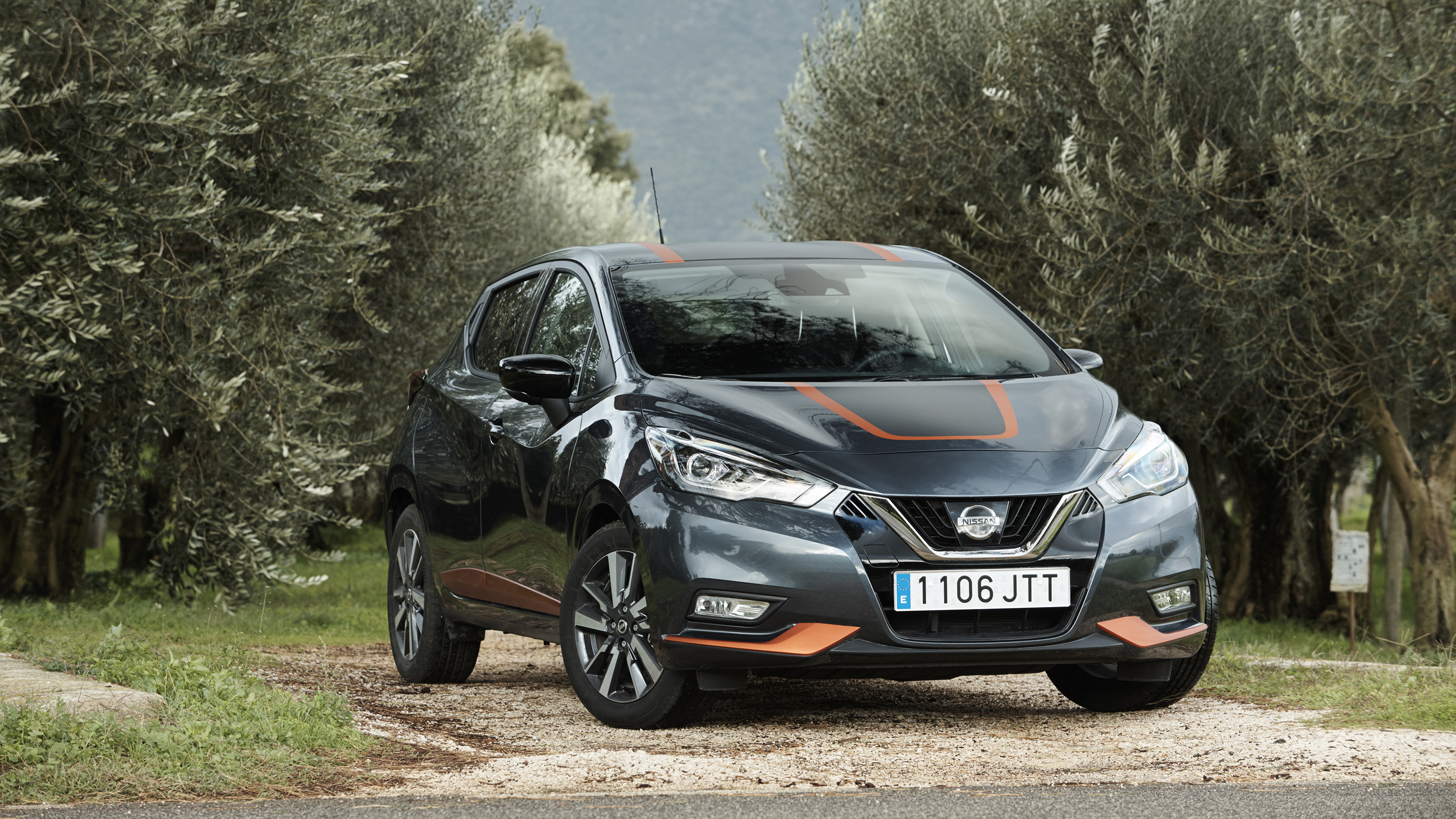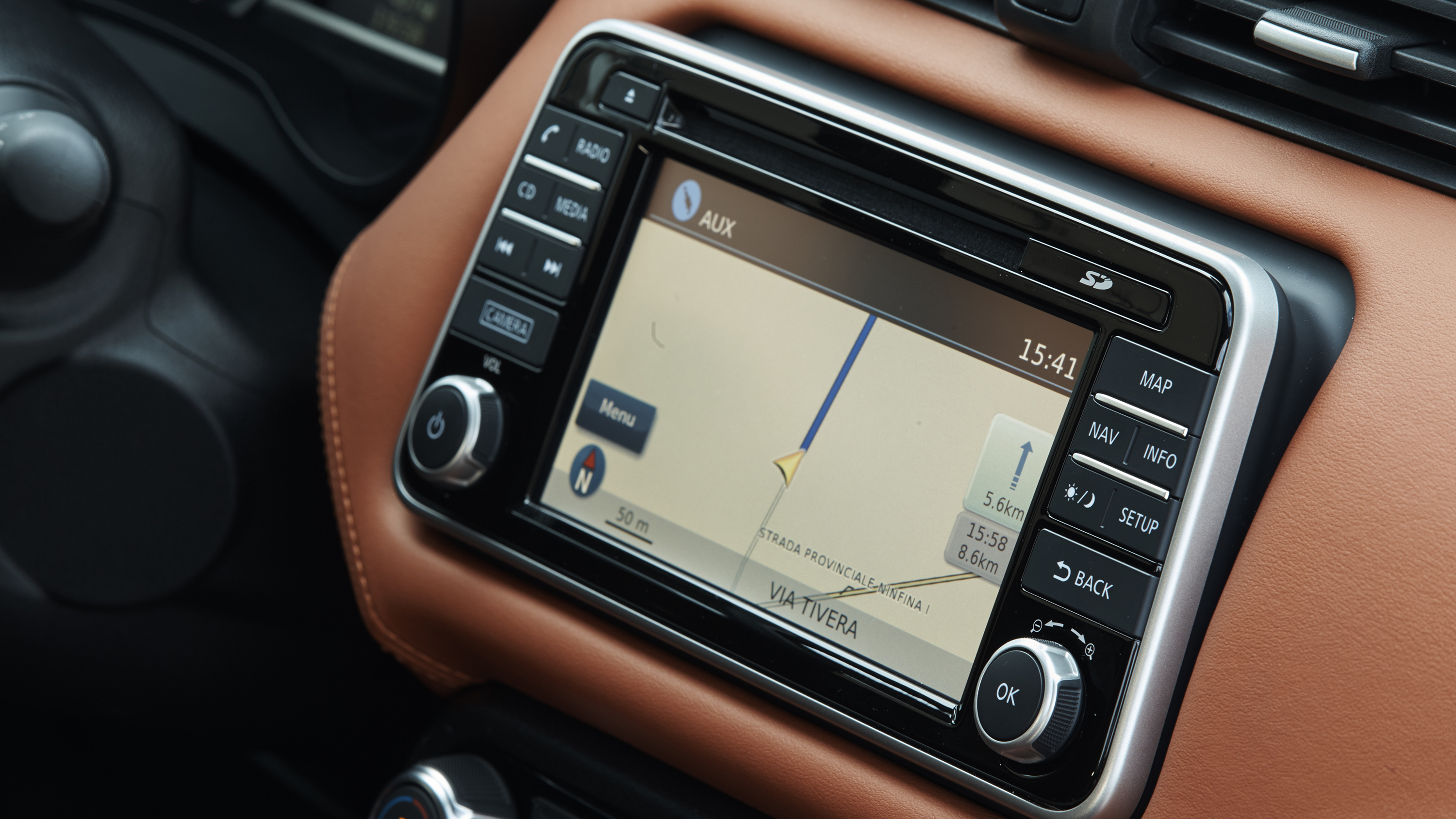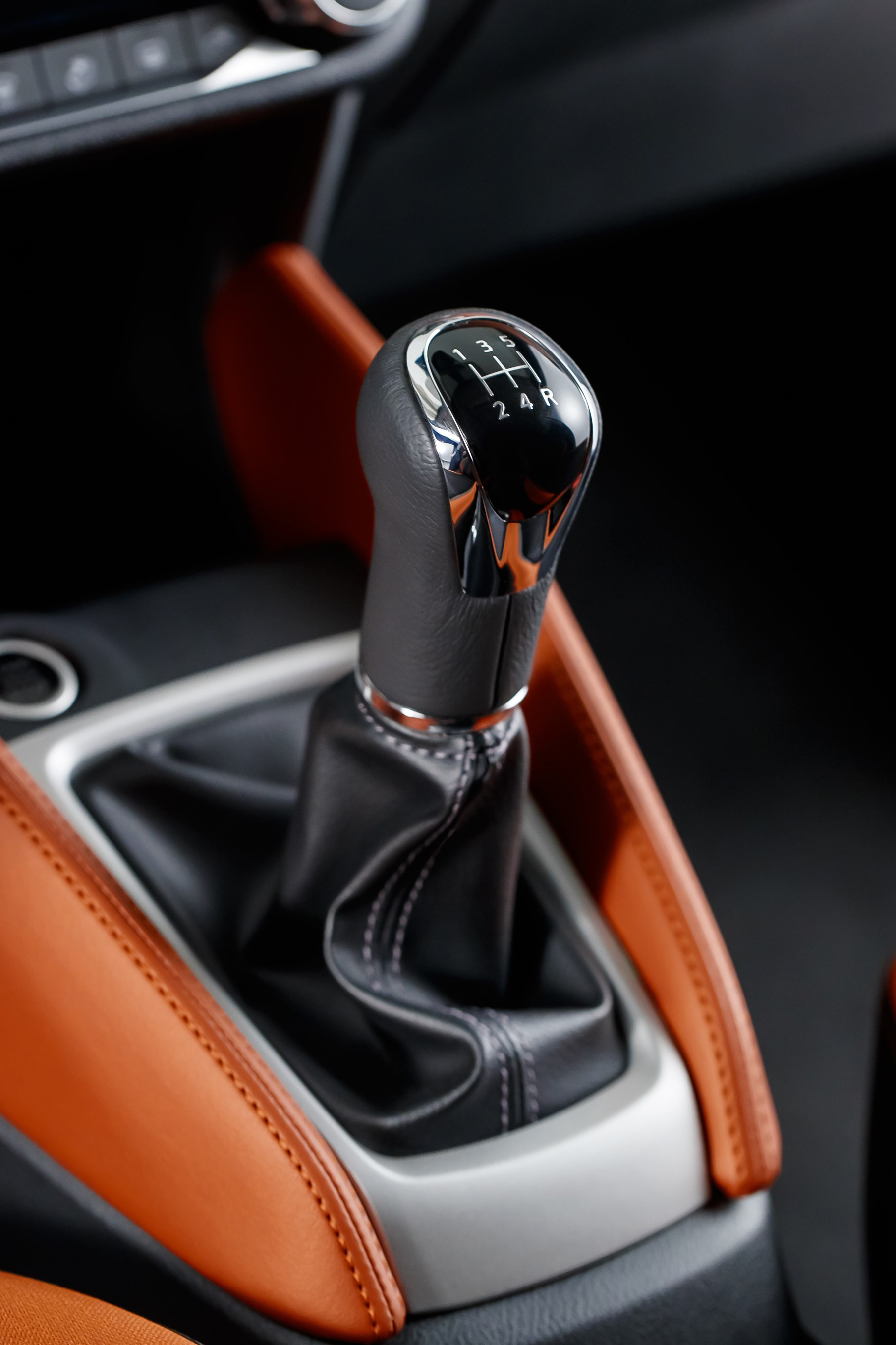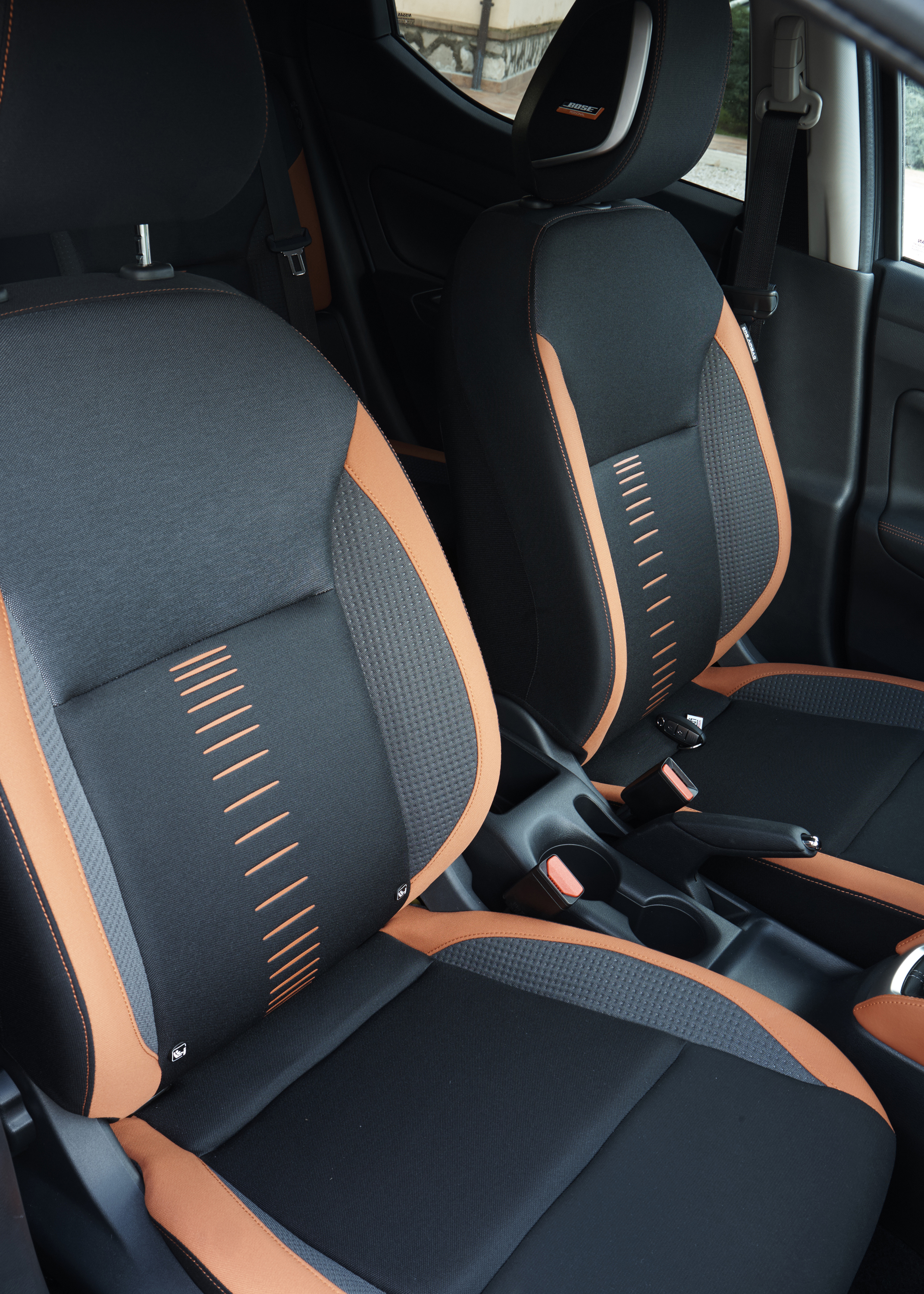
New Nissan Micra review: watch out, Fiesta and Polo
A new Nissan Micra review already?
Yes it doesn't go on sale until spring, but we already have a drive of the fifth generation Micra at a "late pre-production" stage.
You're not expecting much, because it's a Micra, but it has the style, dynamics and technology to go against the best European superminis.
The Volkswagen Polo was the target for solid refinement, and the Ford Fiesta for driving. Which makes a change. The previous Micra was a small, tall, cheap and eminently forgettable thing. This is a return to the Mk3's form.
How did Nissan go about that?
The old, Mk4 Nissan Micra was built in India where cheapness mattered. The new one is designed specifically for Europe, and it's built in France. Nissan's partner Renault provides the production line. The Nissan-Renault Alliance provides the powertrains too: a 0.9-litre turbo three-cylinder petrol and 1.5 diesel, both with five-speed manual gearboxes.
But all the other hardware is Nissan's own. Its overall length is in the heart of supermini territory, but it’s lower and wider than most. The platform is related to the Note's but stronger, and there's redesigned suspension (though still strut front/torsion rear like almost all superminis).
Much of the electronic kit comes from the larger Nissan Qashqai and X-Trail. The top ends of those ranges actually, so you can have £30k-style driver-assist on your supermini. There’s a unique new driver-centric Bose stereo that deserves a paragraph to itself, and will get one further down the page.
So the proportions are European but the styling is Japanese-flavoured?
Yup, the surfaces and lines are very Nissan. See that deep grille, and the sharp crease that begins just above, swings over the headlamps and carries on as a wave down the sides.
Top Gear
Newsletter
Thank you for subscribing to our newsletter. Look out for your regular round-up of news, reviews and offers in your inbox.
Get all the latest news, reviews and exclusives, direct to your inbox.
With the blacked-out rear post and hidden door handles, it ends up a pretty distinctive little car. There's more variety in small hatches than in middle-class saloons, that's for sure.
While the car you see here is grey, other, brighter hues are available, and there are lots of optional factory-applied decal kits. You can have bright blues and oranges in the cabin too. Most buyers won't of course, but Nissan has climbed on the custom trade, just as Citroen has recently done with the C3.
Is all that garishness just a distraction from the interior quality?
It needn't be. The quality of the materials indoors actually bears close inspection. By supermini standards it's a satisfying cabin to be in. The seats and driving position are fine too, and the back seat and boot OK for the class.
How does it go?
With just 90bhp to play with from the petrol engine, you don't expect much. But it's a willing and sweet-sounding unit, happy to pull to its red-line just short of 6,500rpm, and actually has overboost to take it to 95bhp.
Besides, this car's only a fraction more than a tonne in weight, and has a low 0.29Cd drag coefficient. The only annoyance is a little cough when you ease the throttle after a period of full boost – but things might improve before the full launch.
The diesel engine, also 90bhp, is heavier but torquier. Its performance advantage is small, its economy advantage greater. It's also pretty quiet, and the suspension is recalibrated so it doesn't feel nose-heavy.
Both of them are a bit short of outside-lane shove, and feel headwinds and gradients on the motorway. But they will cruise in peace. The fun of driving them on bendy roads isn't in accelerating out of corners but in trying not to slow down in the first place.
Any chance of that?
In what was a surreal approach to the testing of a 900cc supermini, I did several laps on a series of difficult twisty circuits at Bridgestone's tyre-testing facility in Spain. Bridgestone was happy to oblige because it supplies the specially developed tyre for the Micra, and wanted to show it off.
Anyway, the Micra turns out to be a bit of a giggle. In slow corners it avoids understeer, and in quick ones you can balance it on the throttle before the ESP arrives. There's a bit of sensation through the steering wheel, too.
But the main thing is how natural it feels on the way into, through and out of corners. The steering response and roll angles are progressive, and nicely in sync with one another. So you feel at ease throwing it about.
Part of the credit, as I found when doing on/off switching, is due to a Nissan system called Active Trace Control. As the cornering effort approaches – but doesn't reach – ESP intervention levels, ATC gently tidies up the car's line by softly pinching the brakes. It'll touch the fronts to load-up the nose, and the inside ones to stop understeer.
On the road, that tidiness probably makes the car feel more confident and deft. For a small car it's also pretty good at staying true over cambers and offset bumps.
More importantly, how is the ride over speed bumps and urban pot-holes?
Funny you should ask, for the Micra borrows another chassis system from the Qashqai that helps here. After the suspension hits a big bump, the front and rear brakes get a carefully timed application to counteract the car's pitch and dampen the bouncing that follows.
I can't prove it works because it's non-switchable, but anyway, the Micra does have a reasonably placid ride for a little car. The suspension and tyres are quiet too, though there's a trace of shudder through the steering column on sharply bumpy surfaces.
So you can hear that fancy hi-fi?
Oh yes. Bose has designed a pair of tiny speakers that hide in the driver's headrest. They don't make the music any louder, they just define the ‘spatial image’, so you get a captivating sensation of sitting amid the band.
It's a bit head-swimming on certain kinds of music, but you can always switch it off and then get what everyone else in the car gets anyway: a conventional stereo, at pretty decent fidelity.
What about the other electronics?
All models get a big centre screen. Up to the mid-rangers, navigation and music come from mirroring your Apple or Android phone. Nav is built-in above that (but then you get no mirroring or Siri, duh). When you're parking, all-round cameras project a de-distorted aerial view of your surroundings onto the screen.
There's radar cruise, blind-spot alert, active lane keeping, emergency braking with pedestrian recognition, traffic sign recognition and more. The Micra actually has considerably more available driver assistance than a top-range Alfa Romeo Giulia.
Featured

Trending this week
- Car Review
BMW 1 Series




